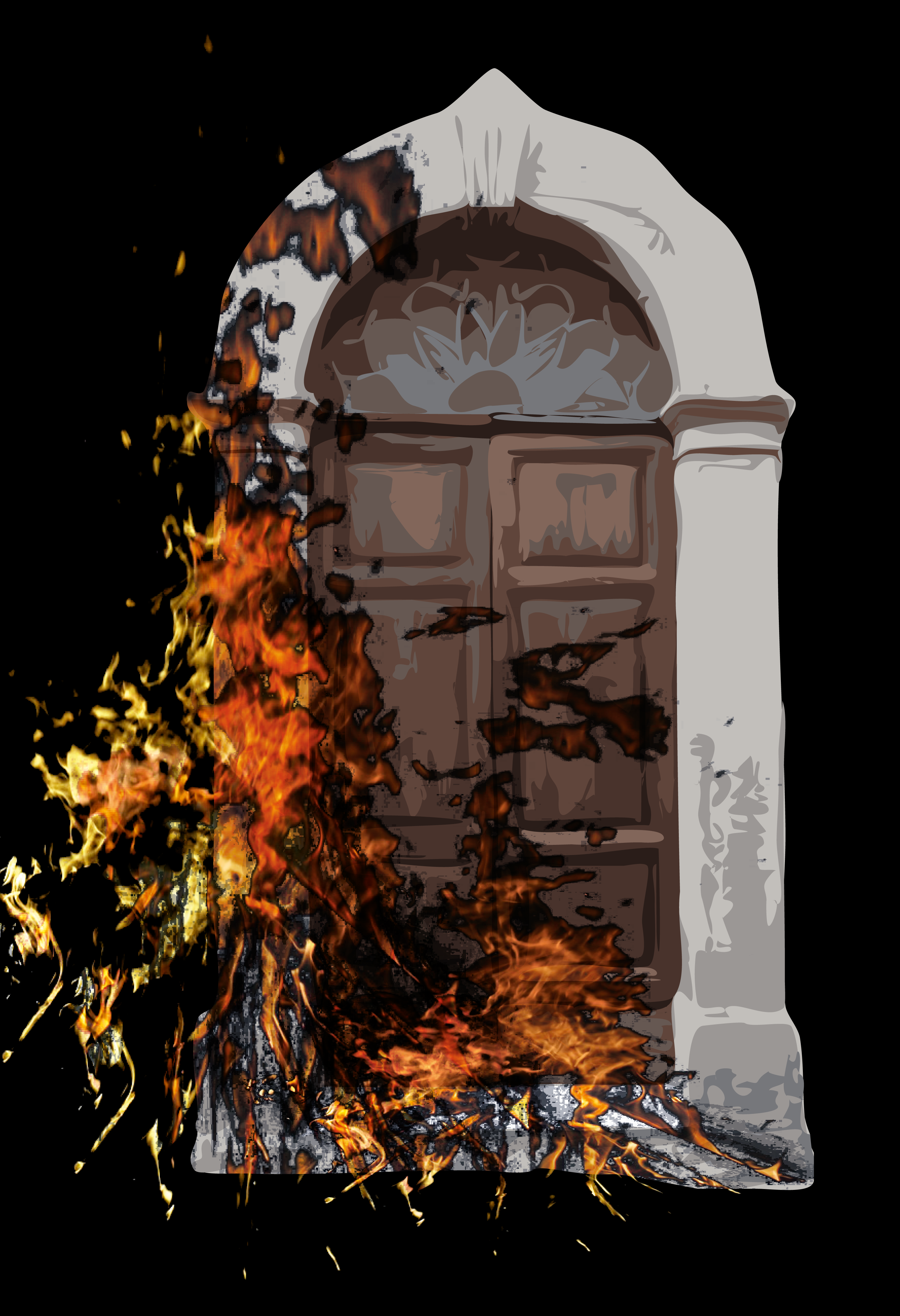How should we define art and what happens when it involves an illegal act?
Performance artists commonly utilize their own body—either as a canvas or as a puppet—to produce their art, which puts them in direct interaction with the real world. That can be problematic for a variety of reasons, especially when, during a performance, an artist commits actions that are at odds with the law. A painting can’t rob a bank. Neither can a sculpture or a book. But a performance artist can—and has.

I’m talking about Joe Gibbons, a former lecturer at the Massachusetts Institute of Technology, who, as reported by The New York Times, robbed a bank of $1,002 in the name of art earlier this year. While he is a recognized artist, his case was complicated by the fact that he was in financial need at the time. He was sentenced to one year in prison.
Defining art poses a certain problem. Every time I’m asked to define it, my brain nearly melts from the amount of notions I need to absorb in order to give a satisfying answer. My first instinct, and perhaps yours, is to say that art is defined by its aesthetic beauty. But by what standards of beauty is it being judged?
The best and most simple definition is that art must be a marriage of form and content. These two components can be found in even the most experimental art. While artists typically experiment on form, and many have tried to produce art that is devoid of content, content is an inevitable occurrence. A famous example of that being the French author Gustave Flaubert’s attempt to write a novel about nothing. As it turned out, the absence of content is an idea in itself, a concept that eventually gives a work meaning.
Over the past centuries, conceptions of art have so often been challenged and its definition so often revised that it could be argued that almost anything in this world can be classified as art. Art can be unconscious or even accidental and still be art. It can be beautiful to all or no one and still be art. It can be an action. Perhaps it can even be a thought. Art can be manmade. It can be made by an animal. It can be made by a machine. It can be destroyed and the act of destroying it can in itself constitute a work of art.
A significant example of a daring art performance is that of Russian performance artist Pyotr, or Petr, Pavlensky, who set the door to Moscow’s Federal Security Service headquarters ablaze on Nov. 9, as reported by The New Yorker. While legally an act of vandalism, Pavlensky’s performance qualifies as a work of art on the basis of both its form and content.
The performance, captured on an already famous photo taken by journalist Nigina Beroeva, is symbolic on several levels. On one level, it references Dante Alighieri’s The Divine Comedy and its description of the Gates of Hell. On another level, it replicates one of the accusations—setting fire to the door of a government building—which got Ukrainian film director Oleg Sentsov a 20-year jail sentence last August.
While artists should not be exempt from the rule of law, it is hard not to admire anyone willing to risk prison to make an artistic—and sometimes political—point.



